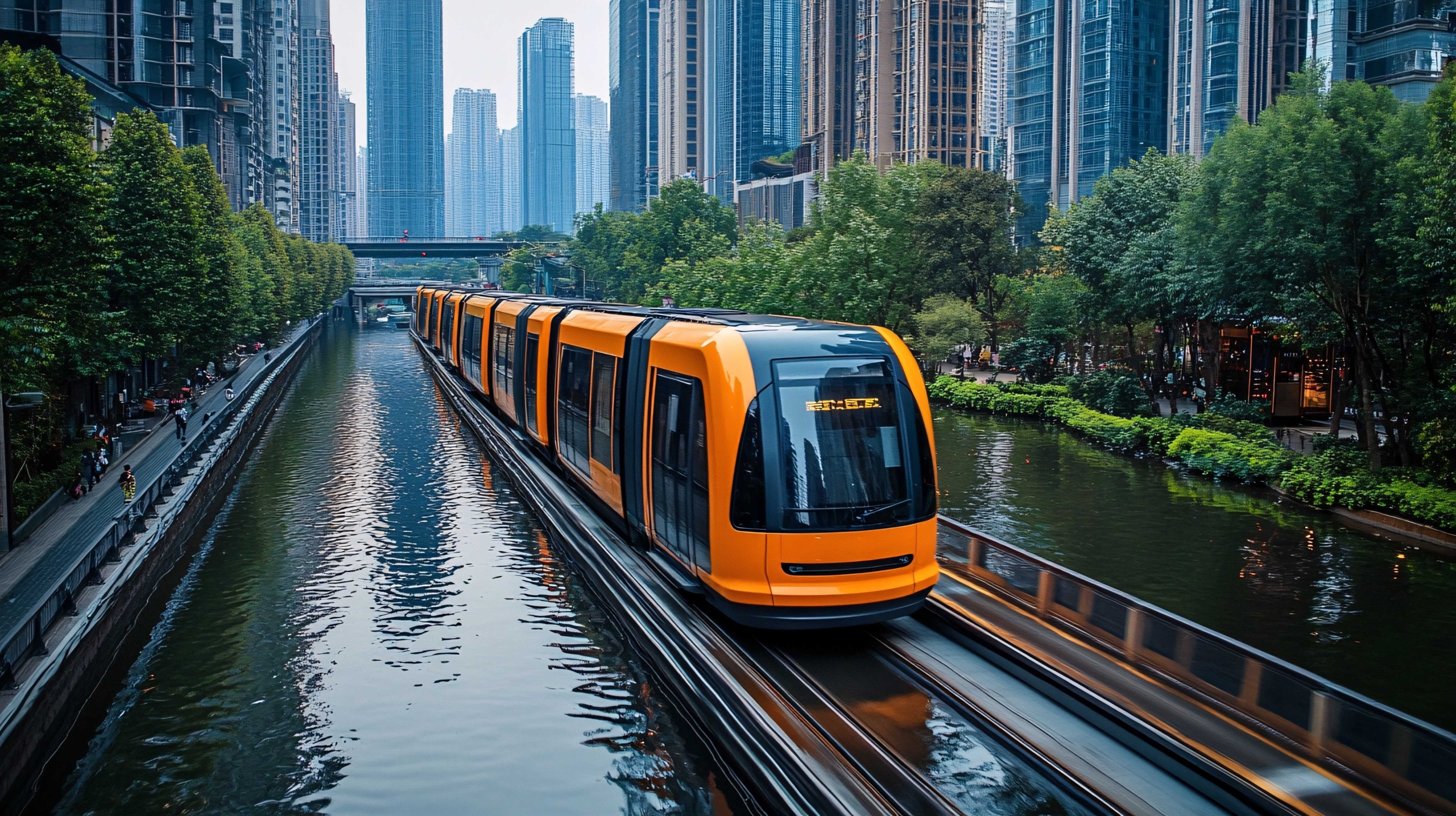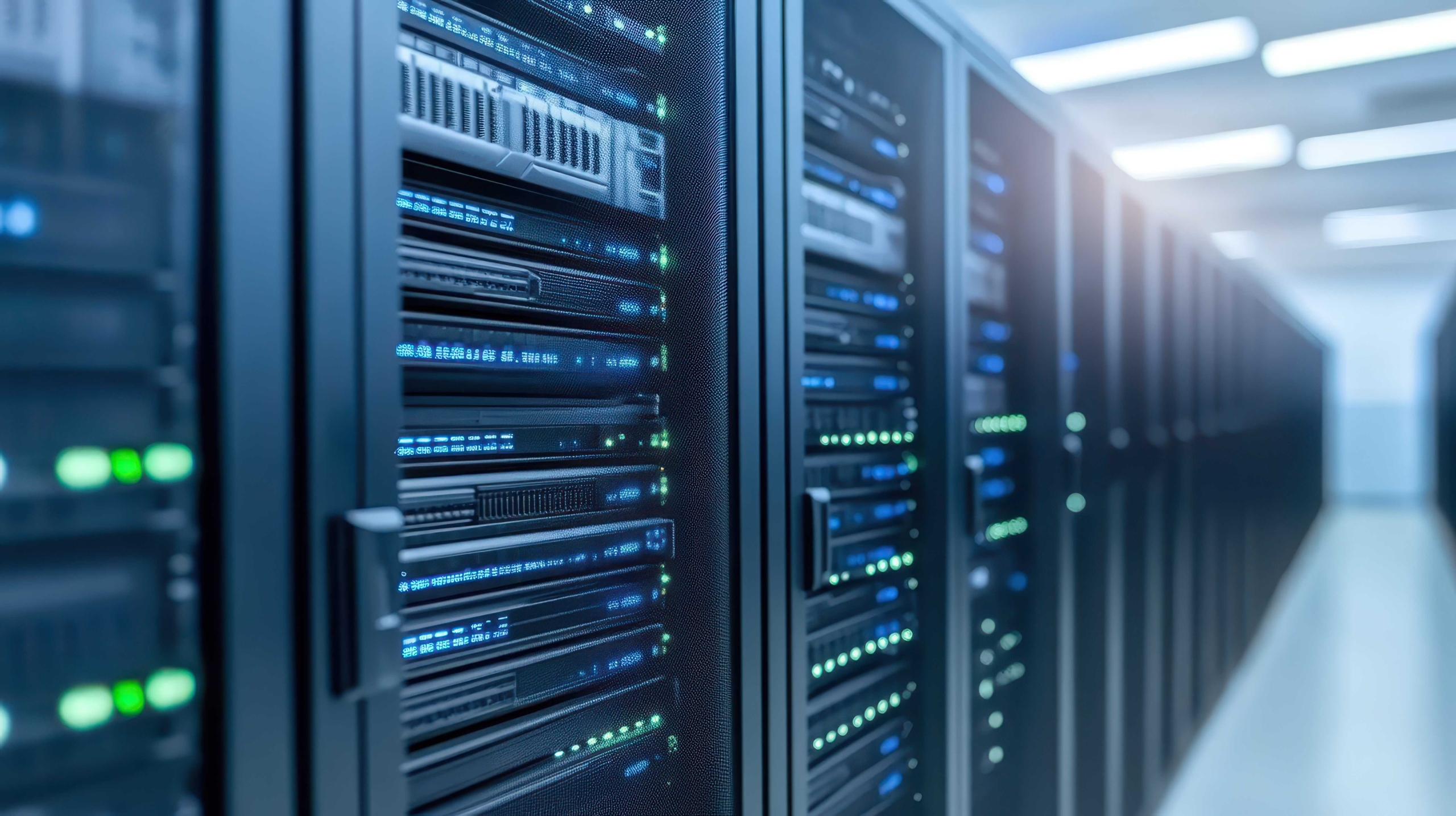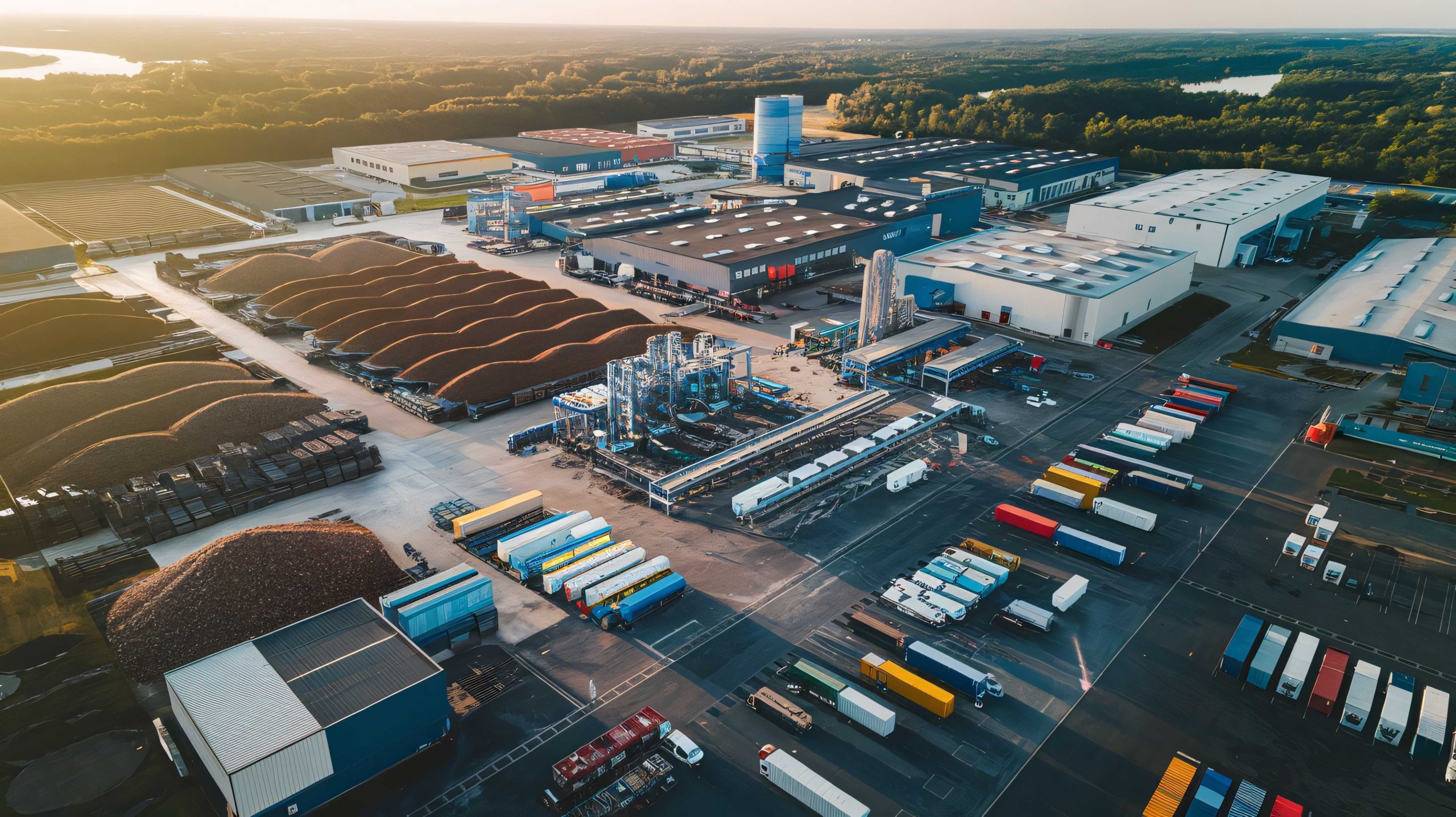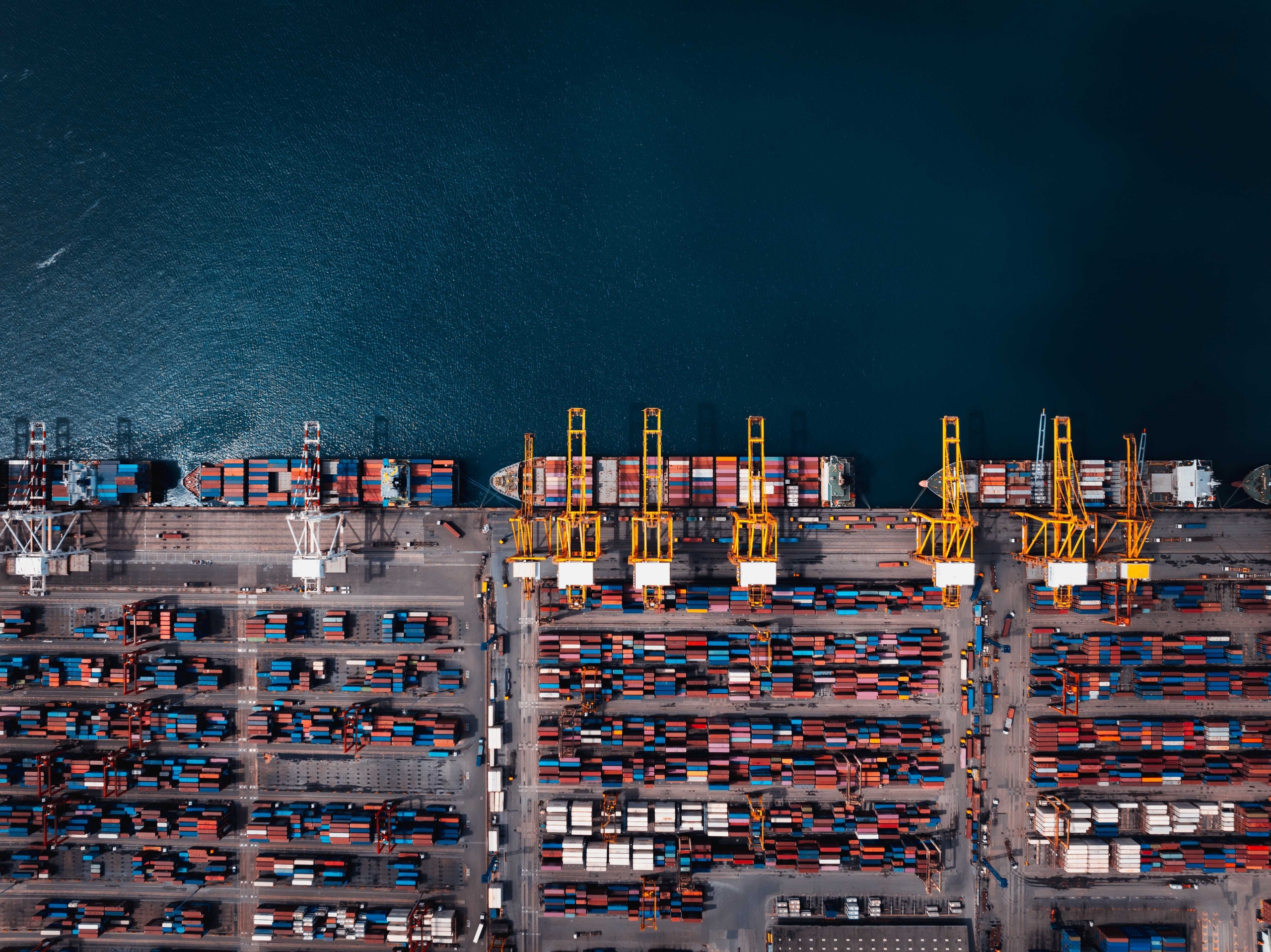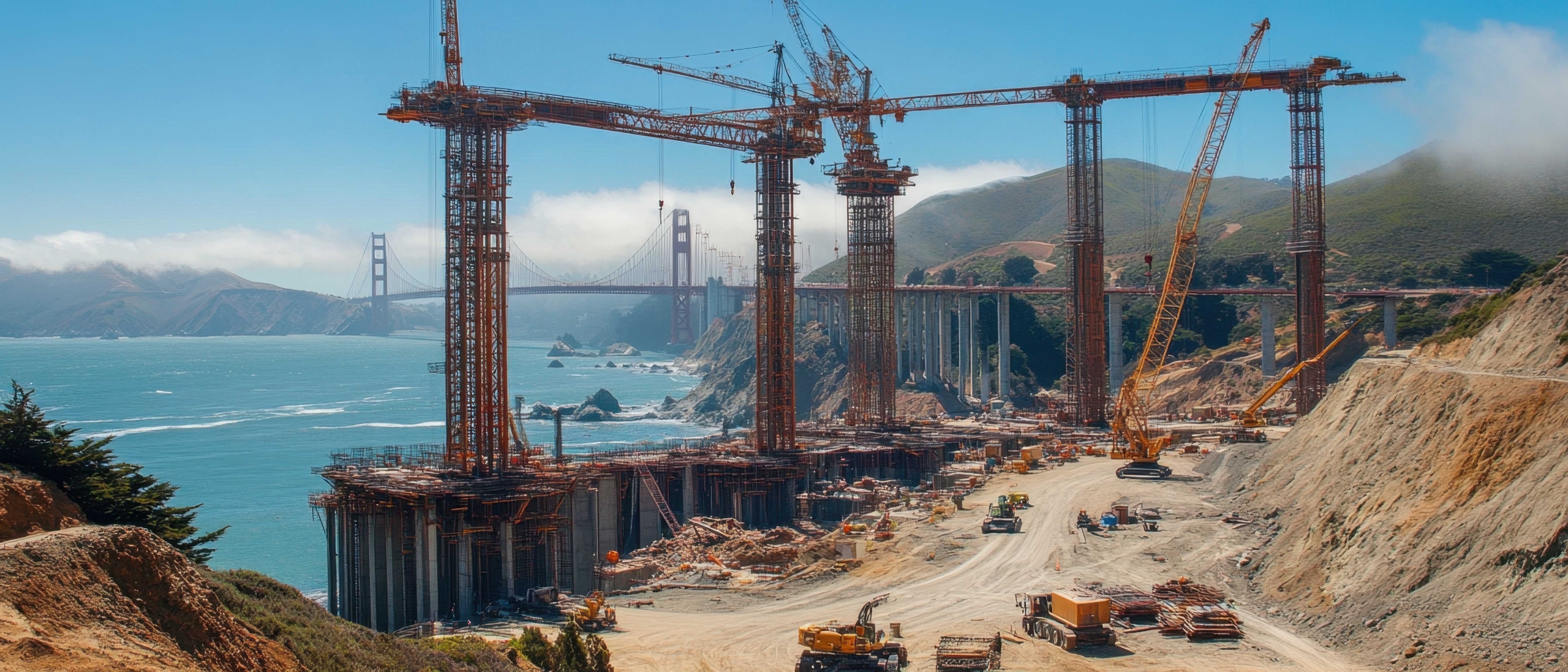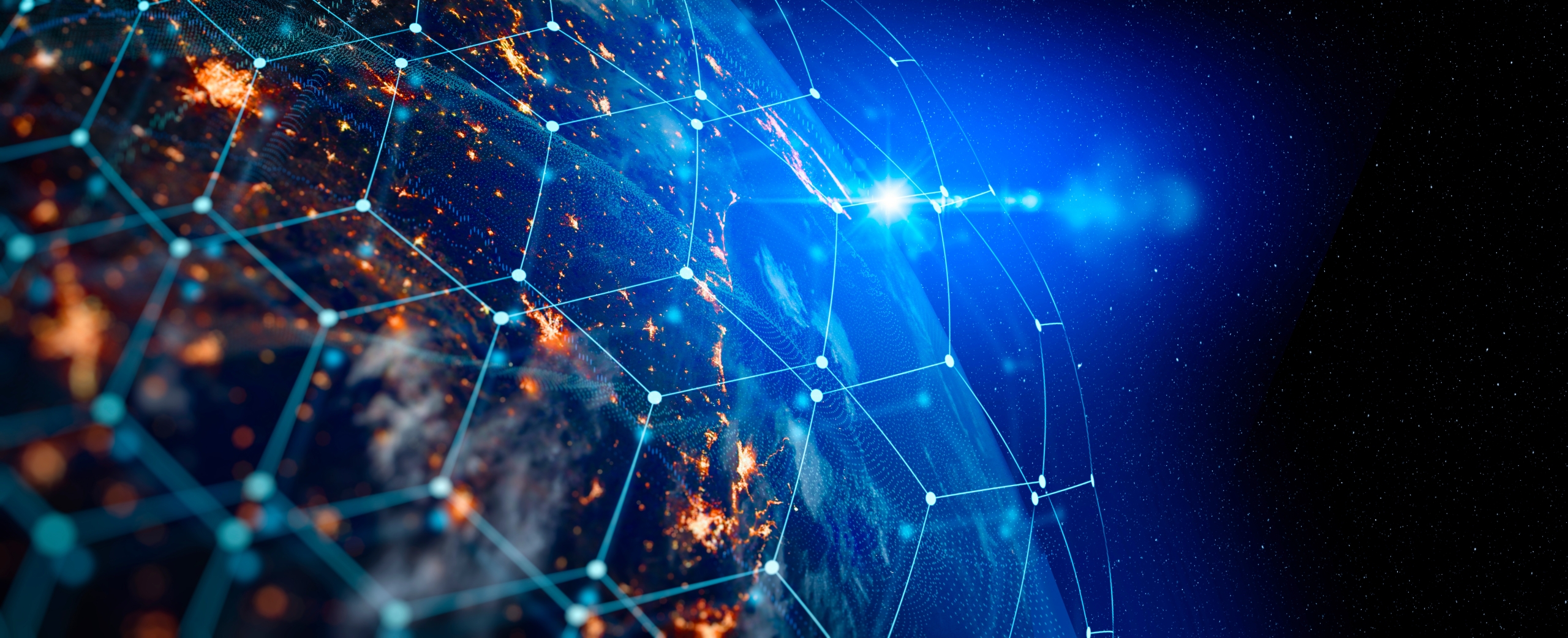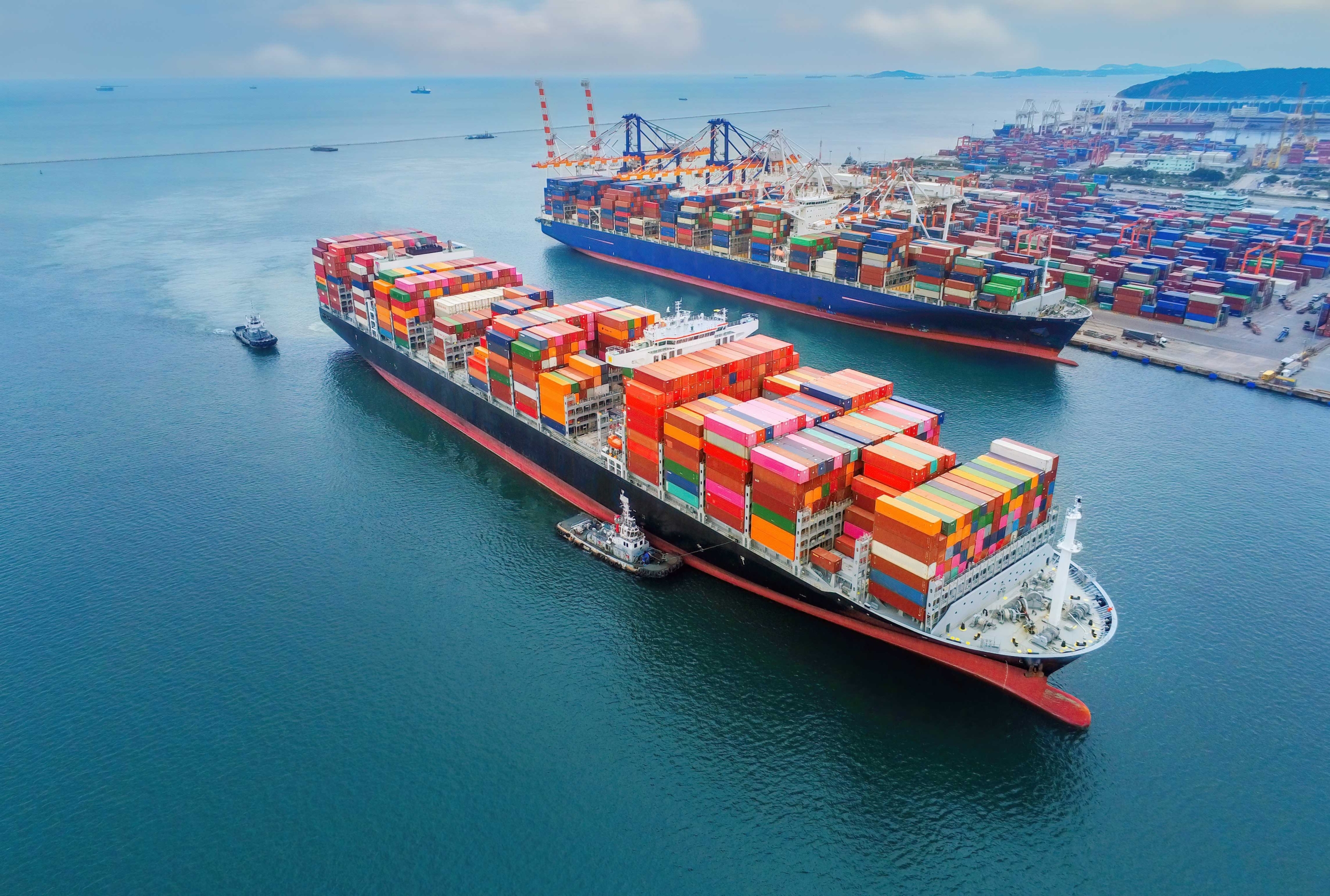A Titanic Shift is Underway
A fundamental transformation is reshaping how we operate, own, and manage infrastructure.
The status quo is breaking down—and most are unprepared for what’s ahead. Today’s economic infrastructure is built on outdated systems of governance, finance, and commerce—systems that are extractive, limited, and riddled with inefficiencies:
A NEW ERA FOR INFRASTRUCTURE
Advances in AI, IoT, and automation have made it possible
to create real-time digital twins—high-fidelity, self-updating models of the physical world.
These allow for continuous measurement, decentralized governance and verifiable infrastructure management.
DePIN (Decentralized Physical Infrastructure Networks)
refers to systems that use these technologies to coordinate and govern infrastructure outside of traditional ownership models. Individuals and communities can participate directly—operating, maintaining and sharing in both the use and
value of real-world assets.
DePIN infrastructure is projected to generate up to
$10 trillion in new GDP by 2034 and $100 trillion by 2044. (Messari)
The very definition of infrastructure is changing.
Emerging technologies are transforming how infrastructure
is owned and operated—setting the stage for exponential
growth. Assets once excluded from traditional classifications
can now be treated, governed and valued as infrastructure.
This unlocks entirely new markets and investment opportunities
on a global scale. Mutualized DePIN activates six core sectors
of the economy—each built for autonomous operation and community ownership.
HOW IT WORKS
Mutualized DePIN transforms dormant or under-monetized
physical assets into active, revenue-generating infrastructure
designed to serve the public as a utility—not just private gain.
It does this by:
This structure separates legal and economic rights, allowing infrastructure to become decentralized, self-sustaining, and accessible.

Unlocking $560 Trillion
The world’s physical assets—property, businesses, equipment, infrastructure—
are worth an estimated $560 trillion, yet much of this value remains locked in inefficient, high-friction systems that limit monetization and participation.
Mutualized DePIN unlocks this trapped potential by enabling:
For the first time, previously excluded assets can now be treated as infrastructure—collectively owned as public-good utilities—yet independently operated and managed through transparent, incentive-aligned systems.
FUNDING MODEL
Infrastructure Bonds via Asset Trusts
At the core of Mutualized DePIN is a
trust-based funding engine—a modern infrastructure financing model built on tokenized real-world assets.
Each asset trust issues fully collateralized and insured infrastructure bonds, secured by both tokenized assets and the economic value of Mutualized DePIN tokens.
Expansion of a Proven Asset Class
Mutualized DePIN modernizes the familiar structure of asset-backed bonds
enhancing yield, security, and transparency while dramatically expanding the range of assets they can support.
MUTUALIZED ECONOMICS
The Mutualized DePIN model restructures asset economics through automation and decentralization
—unlocking equity, cutting costs, and eliminating inefficiencies for the benefit of all participants.
VALUE DISTRIBUTION
Within this framework, stakeholders benefit in proportion to their participation. This structure emphasizes shared value creation, verifiability, and long-term sustainability.
Users spend less and own equity simply by using the infrastructure.

Operators increase profits and earn equity through active management.

Funds receive better liquidity and higher returns.

Nations deploy community-owned infrastructure—without debt, while growing their GDP.

WHO WE ARE
Self-Sustaining Infrastructure for Public Benefit
We are a nonprofit foundation focused on building decentralized, self-sustaining infrastructure for public benefit. Mutualized DePIN is our framework for transforming real-world assets into systems of shared access, ownership, and economic inclusion.
We are aligned with the mission of the Human Flourishing Project, sharing its commitment to human-centered systems design and global wellbeing.
OUR PARTNERS
Bringing Mutualized Infrastructure to Life
We work with local and global institutions, operators, and mission-aligned organizations.


